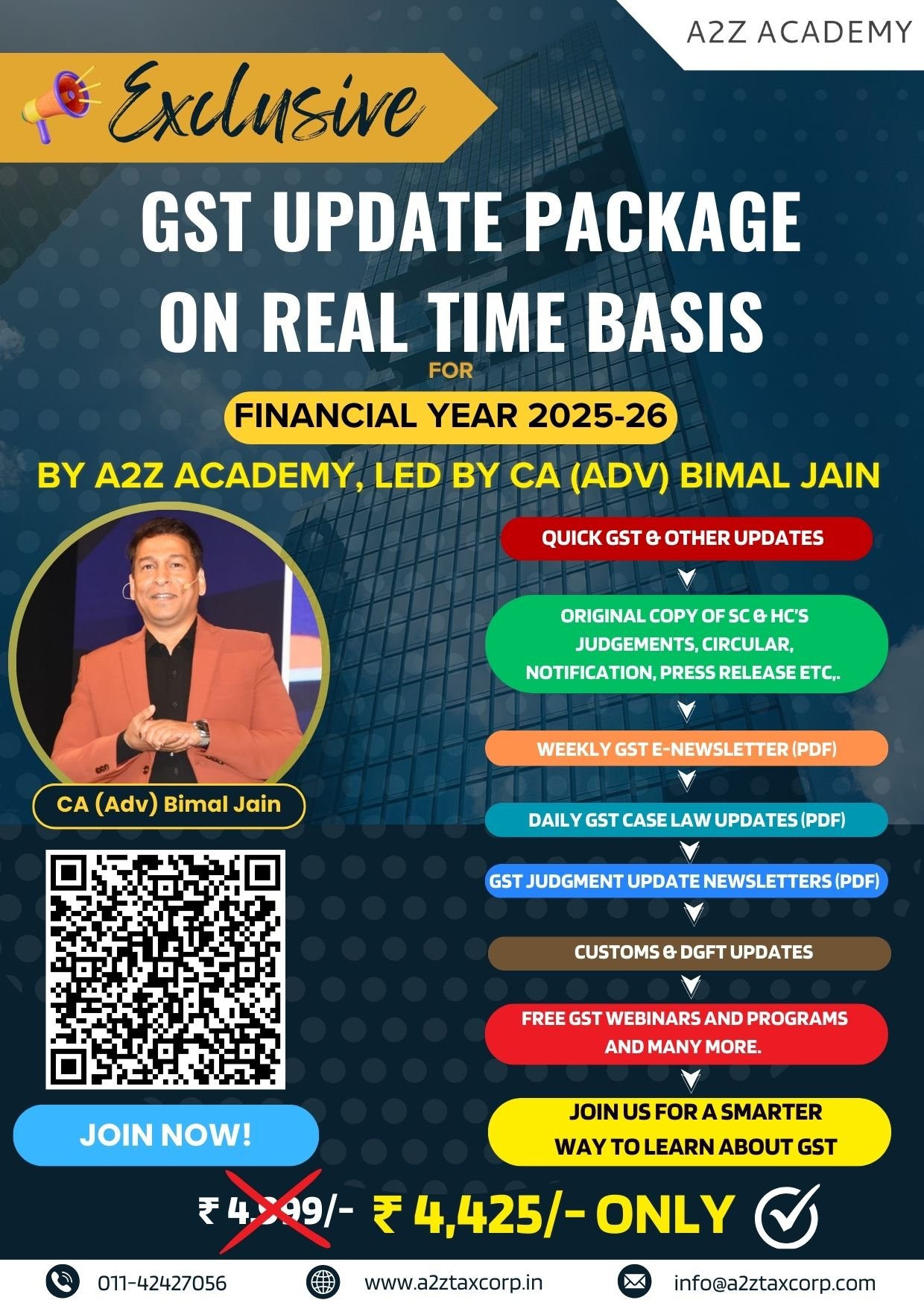
India’s pharmaceutical industry is gearing up for a new wave of growth, driven by sweeping changes in the Goods and Services Tax (GST) regime that promise to make life-saving drugs and healthcare more affordable. The sector, which recorded an 8.7% value growth in August 2025, is now bracing for a broader transformation in pricing, access, and patient volumes.
“The GST Council’s tax rate restructuring in the pharma sector is transformative for accessible healthcare,” an tax expert said. “By lowering GST on all medicines from 12% to 5% and granting nil rates to 36 vital life-saving drugs, it significantly reduces patient expenses and improves access to essential therapies.”
The GST Council’s 56th meeting early this month approved a two-rate structure—18% standard and 5% merit rate—while exempting key health and life insurance products and slashing GST on medical devices and equipment. The move is expected to ease the cost burden on patients and boost demand for high-value therapies, especially in oncology and rare diseases.
“This is a game-changer for healthcare in the country,” MD & CEO, Roche Pharma India said. “For patients, this isn’t just policy—it’s hope.”
Roche’s high cost cancer and rare disease therapies like Atezolizumab (Tecentriq), Obinutuzumab (Gazyva), Entrectinib (Rozlytrek), Risdiplam (Evrysdi), and Emicizumab (Hemlibra), will now be more affordable as they attract nil GST.
Similarly anti-cancer and rare disease therapies of Sanofi, Novartis,Johnson & Johnson, Takeda, GSK, Amgen, Bayer, Boehringer Ingelheim will be become cheaper, improving their accessibility to patients.
Drugs such as Onasemnogene abeparvovec sold as Zolgensma by Swiss drugmaker Novartis, is a gene replacement therapy for spinal muscular atrophy (SMA. This therapy costs around ₹17 crore per dose in India. The MRP of Onasemnogene dropped by over ₹11 lakh. Daratumumab, and Alectinib—has led to significant price reductions. Daratumumab marketed by Janssen Pharmaceuticals used in treatment of multiple myeloma costs Rs 75500 per dose. The drug marketed would see a reduction of ₹4,700 per dose.
According to market research firm PharmaTrac data, the Indian Pharmaceutical Market (IPM) grew to ₹2.32 lakh crore in MAT August 2025, with therapies like anti-diabetics, cardiac, and anti-neoplastics showing double-digit growth. The anti-neoplastics segment alone grew 19.7% in August, reflecting rising demand for cancer therapies—many of which are now cheaper due to GST cuts.
Price drops, volumes to gain
“Reduced MRP along with patient support programs will not just ease costs but also help onboard patients from weaker sections,” noted a PharmaTrac analyst.
However, not all stakeholders are celebrating. The MD of HOSMAC, cautioned that manufacturers may face margin pressures. “Input costs still attract 18% GST, while final products are taxed at 5%. This inversion could squeeze profitability.”
Despite these concerns, the overall sentiment remains bullish. The IPM’s August performance showed growth across all major therapy areas, with cardiac (13.2%), respiratory (17.3%), and vaccines (21.4%) leading the charge. Corporate leaders like Sun Pharma, Cipla, and Intas posted double-digit value growth, signaling strong market momentum.
As the new GST rates take effect from September 22, 2025, the industry is expected to recalibrate pricing strategies, expand access programs, and explore new market segments—especially in tier-2 and tier-3 cities.



